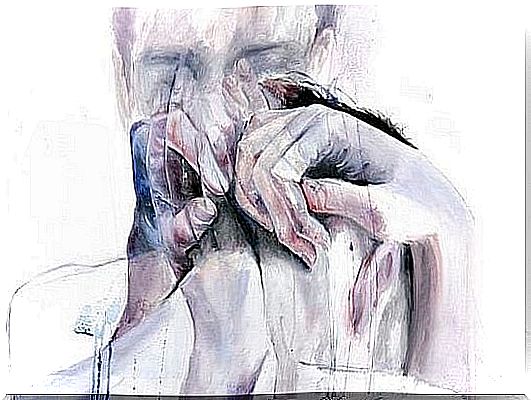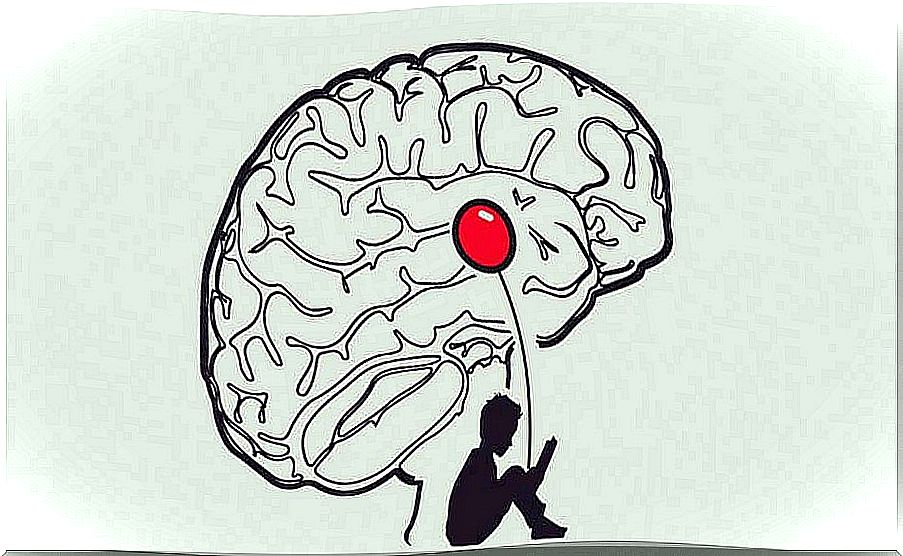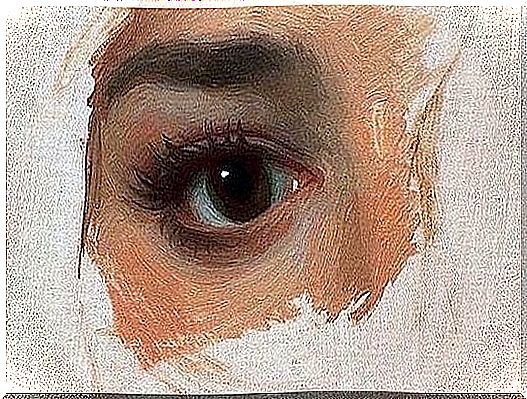Free-flowing Anxiety: Part Of GAD

I’m not afraid of anything specific but really… I’m afraid of everything. This is what free-flowing anxiety feels like – it is the uncertainty that lurks in the shadows and then it catches you, takes your breath away and your willpower to leave the house. It’s like living in isolation, in a room without windows. It is a constant spiral of worry, a suffocating ball of desperation.
In her diaries, Virginia Woolf said that life is like a dream and waking up is what kills you. It is as if somehow, it is a defining moment in your existence where you wake up and open your eyes to all your responsibilities. The weight of life, all the unstoppable movements and all the contradictory sounds of human relationships. It feels like all those movements not only overwhelm you, but they make you smaller.
Of course, everyone wakes up to life and discovers that it is sometimes painful and difficult. But thousands of men and women experience something much more complicated than that. It is a diffuse, formless fear that traps you in a behavioral pattern of excessive and repetitive worry over just about everything.
This emotional state of increasing insecurity and chronic stress gives way to free-flowing anxiety that is part of generalized anxiety disorder (GAD). This reality is as confusing as it is complicated because in contrast to other disorders, the preoccupation and reactions associated with free-flowing anxiety are not focused on anything in particular. They are comprehensive.
GAD can be summed up in a simple but profound sentence: ” I always think that something bad is going to happen to me.”

Free-flowing anxiety and irrational fear
Adrian is 35 years old. After a 10-year relationship with a woman, she left him. She fell in love with another person and even though our main character seemed to be doing well, people started noticing some disturbing things. Although it is a fact that Adrian has always had a lot of anxiety after the breakup, he began to be obsessed with various things. Health of his parents, included. He began to fear that they would get sick and die.
His colleagues have also begun to notice strange things. Adrian is an architect and for a while now he has been obsessed with not making mistakes. He is overly concerned about whether he is doing his job well or not, and whether something wrong is going to happen under his control. He is also afraid of not being able to pay off his mortgage and has already assumed what costs he will have to cut back on if something should happen. But nothing has really happened.
We used this fictional man as an example with reason. It is believed that GAD and the associated free-flowing anxiety that infiltrates almost every aspect of life affect more women than men. But of the almost 60% of those affected who do not receive help, most are men.

Why does everything worry me?
To understand GAD and the related free-flowing anxiety a little better, we need to understand the function of fear: to prepare to respond to a threat. It is a refined, exceptional adaptation mechanism that allows us to survive. Unless the fear you feel is not provoked by a real threat.
What happens if fear and anxiety begin to invade every part of your life? What happens is that you are stranded in a parallel universe similar to your worst nightmare. Because there is nothing worse than living with fear.
Possible causes
Many scientists and neuropsychiatrists are certain that GAD is different from other disorders. The Stanford University School of Medicine explains that free-flowing anxiety is caused by a dysfunction in various parts of the brain, including the amygdala.
The amygdala is the same size as an almond. It is a structure that mediates our emotions, our memories and our perception. At some point, for unknown reasons, the cycle that makes up the region is changed, and with it the order and balance of that person’s life.

Treatment of GAD
Two main approaches are needed to treat this clinical condition: medical therapy and psychotherapy. Medicine can reduce the symptoms and create the necessary conditions for psychotherapy to be effective.
Selective serotonin reuptake inhibitors (SSRIs) are commonly used, but other antidepressants are also often needed. Remember, each patient is unique and their personal reality may require an equally unique treatment.

In addition, cognitive behavioral therapies and other therapies that focus on stress management are effective in reducing excessive preoccupation associated with free-flowing anxiety. In these therapies, the patient learns effective confrontational strategies and develops a healthier and more adaptive behavior.
Finally, it is worth talking about proper nutrition, exercise and meditation. These are complementary tools that can help you dominate fear, focus your concentration on what is really important and learn how to think and live better.









